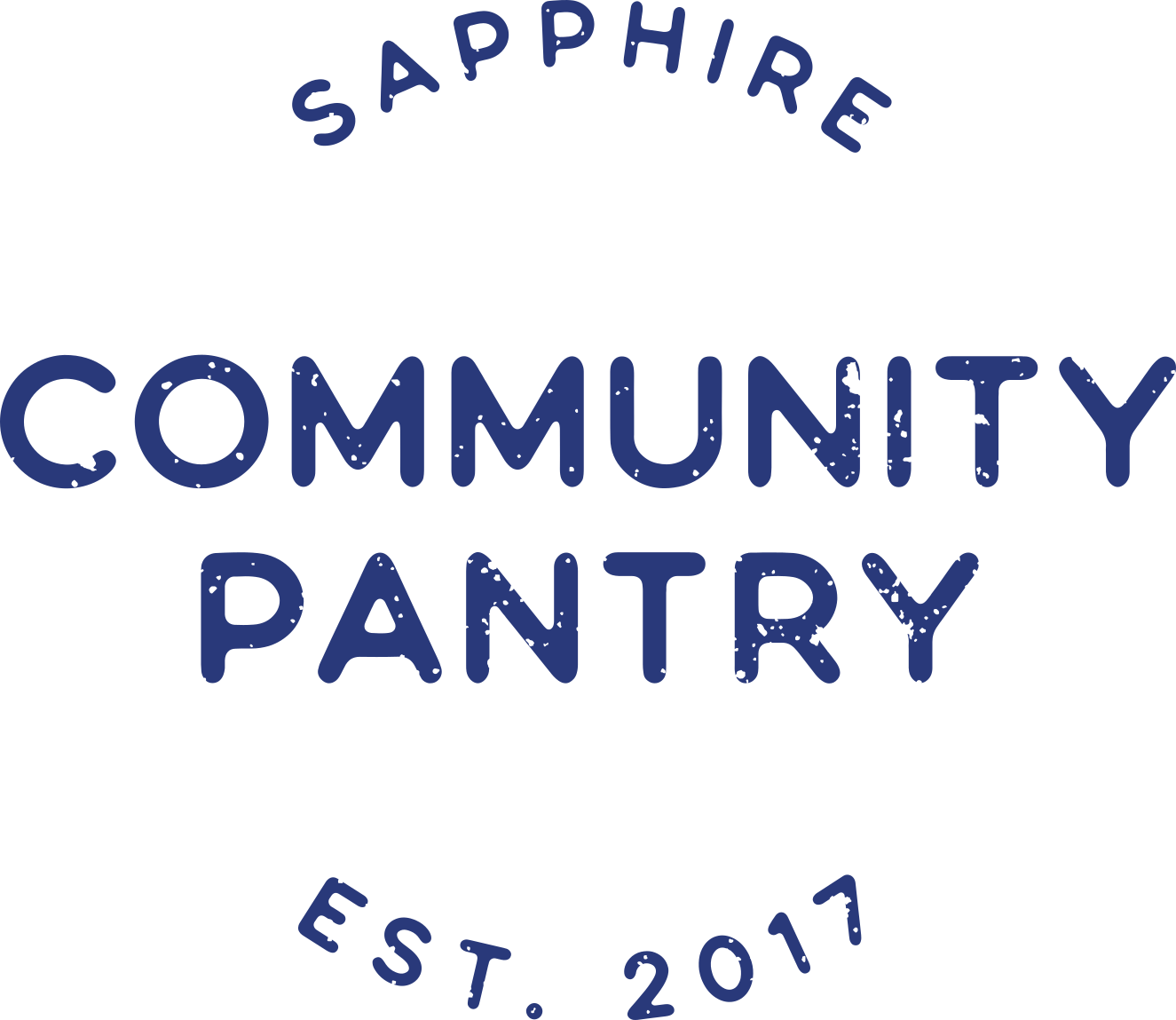
Frequently asked questions
This document has been written to answer commonly asked questions about food pantries, and the operation of the Sapphire Community Pantry. This version was updated on 17-02-2024 and is subject to change. Version 5.1.
1. What is a community pantry? A community pantry is a not-for-profit shop which sells a limited range of groceries and other items on a cost-recovery basis. Its basic purpose is to help people experiencing food insecurity feed themselves and their families.
2. Why does the Bega Valley need a community pantry? The Bega Valley has many people (over 30%) living on some form of government benefit such as age pension, Newstart, disability support. It also has many renters, high unemployment, and limited public transport. Nearly 20% of children aged 0-14 live in poverty in the Bega Valley. The combination of these factors leads to a limited ability for people to feed themselves nutritiously, buy clothes, pay bills, pay for fuel, heating, electricity and other living expenses.
3. Where is the pantry? The Pantry is located at 2 Peden Street, Bega, in the former Radio Rentals building
4. When did the pantry start? The Pantry opened on 28 September 2017
5. What days and hours is it open? The Pantry is open on Tuesday, Wednesday, Thursday, and Friday. Except for Thursday, it is open from 11am to 2pm. On Thursday it has extended hours, from 11am to 6pm
6. Who runs the pantry? The Pantry is staffed by two paid employees, Mandi and Cath, along with a wonderful group of volunteers from all walks of life. The Pantry is a project of Sapphire Community Projects Inc, which has charitable status, donations to the Pantry are tax deductible, and the Pantry is covered by public liability insurance.
7. Is your stock free? No, because we purchase most of our stock, we must recover our costs. We get no government assistance. If we did not charge for our stock, we would not be able to continue to operate.
8. Where do the food and other items come from? Food and other items for the pantry are purchased from Foodbank, the largest hunger relief organisation in Australia. Foodbank is a non-denominational, non-profit organisation which acts as a pantry to the charities and community groups who feed the hungry. It obtains its stock from the food and consumable industries’ excess stock. Foodbank sells its stock at very low prices, and some items are free.
Donations of fruit, vegetables and bread are sourced from supermarkets, growers, greengrocers, bakeries, and other businesses.
9. Where does the money come from to run the Pantry? The Pantry works on a cost-recovery basis so it can continue to buy stock. Donations of money and goods also come from service clubs, businesses, individuals, and donation drives. We also apply for grants from various sources to buy large items such as fridges and freezers. For example, the money to pay for our white van came from the Commonwealth Bank, and Inner Wheel Australia.
10. Who can shop at the pantry? Any person suffering food insecurity can use the pantry. Customers do not have to provide a social security card or other forms of paperwork to access the pantry. By not requiring “proof of poverty” customers can have a dignified shopping experience, choosing the food and other items they need to care for themselves and their family.
11. What if people who can afford to shop at supermarkets use the Community Pantry? Everyone in the community is welcome to shop at the pantry. We encourage everyone to use the pantry to beat the current cost of living. We know that people also suffer intermittent food insecurity due to illness, job loss, large bills to pay and other reasons. The pantry’s values include dignity and respect for the customer, so customers will not be expected to prove need.
12. How much will it cost to shop at the pantry? Our model is cost recovery, so prices are very low. It is estimated that for each dollar spent at the Pantry, customers will receive around the supermarket equivalent of $4 worth of goods.
13. I would like to shop at the Pantry, but I am sure there are more people in need than I am, and I do not want to take food away from them. We buy most of the stock at the Pantry – it has not been donated, and the supply is not limited, so you are not taking food away from people in need. Sometimes we have limited quantities due to shortages by our suppliers – when that happens, we put signs on that stock asking people to take limited amounts. We also have free items – if you feel you do not need them, then please do not take them. And if you still feel uncomfortable about shopping with us, why not give a small donation at the till – with that money we can buy stock to give to people in need.
14. You keep talking about “food insecurity”. What is food insecurity? Food insecurity is inadequate access to food; inadequate supply; and the inappropriate preparation of food. Certain groups in Australia are more susceptible to food insecurity – including unemployed people, single parent households, low-income earners, rental households and young people. Indigenous, culturally and linguistically diverse and socially isolated people may also experience food insecurity at a higher rate.
The reasons why people experience food insecurity include a lack of resources (including financial resources and other resources such as transport); lack of access to nutritious food at affordable prices; lack of access to food due to geographical isolation; and lack of motivation or knowledge about a nutritious diet. Food insecurity impacts negatively upon children’s academic ability and health outcomes.
